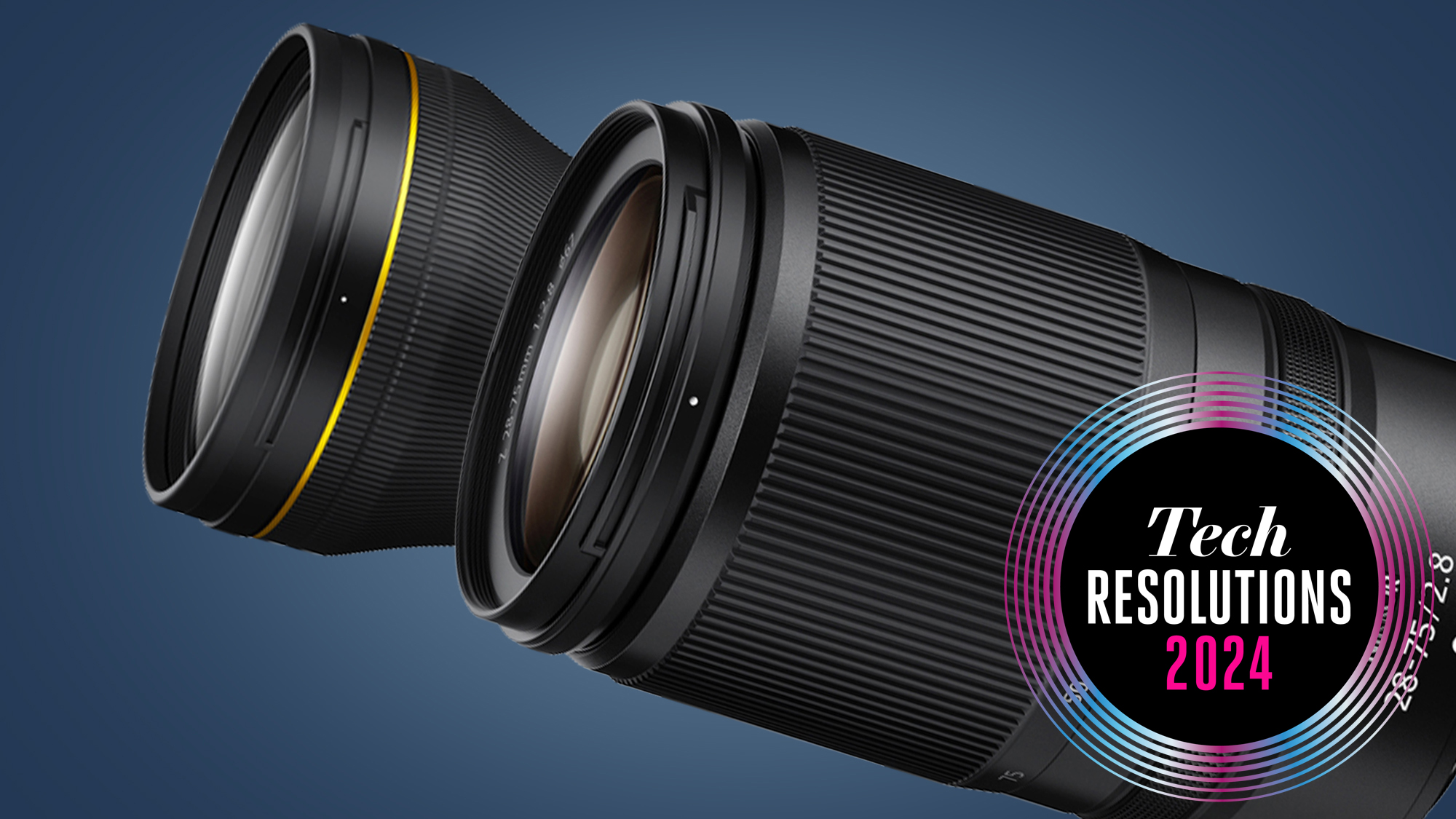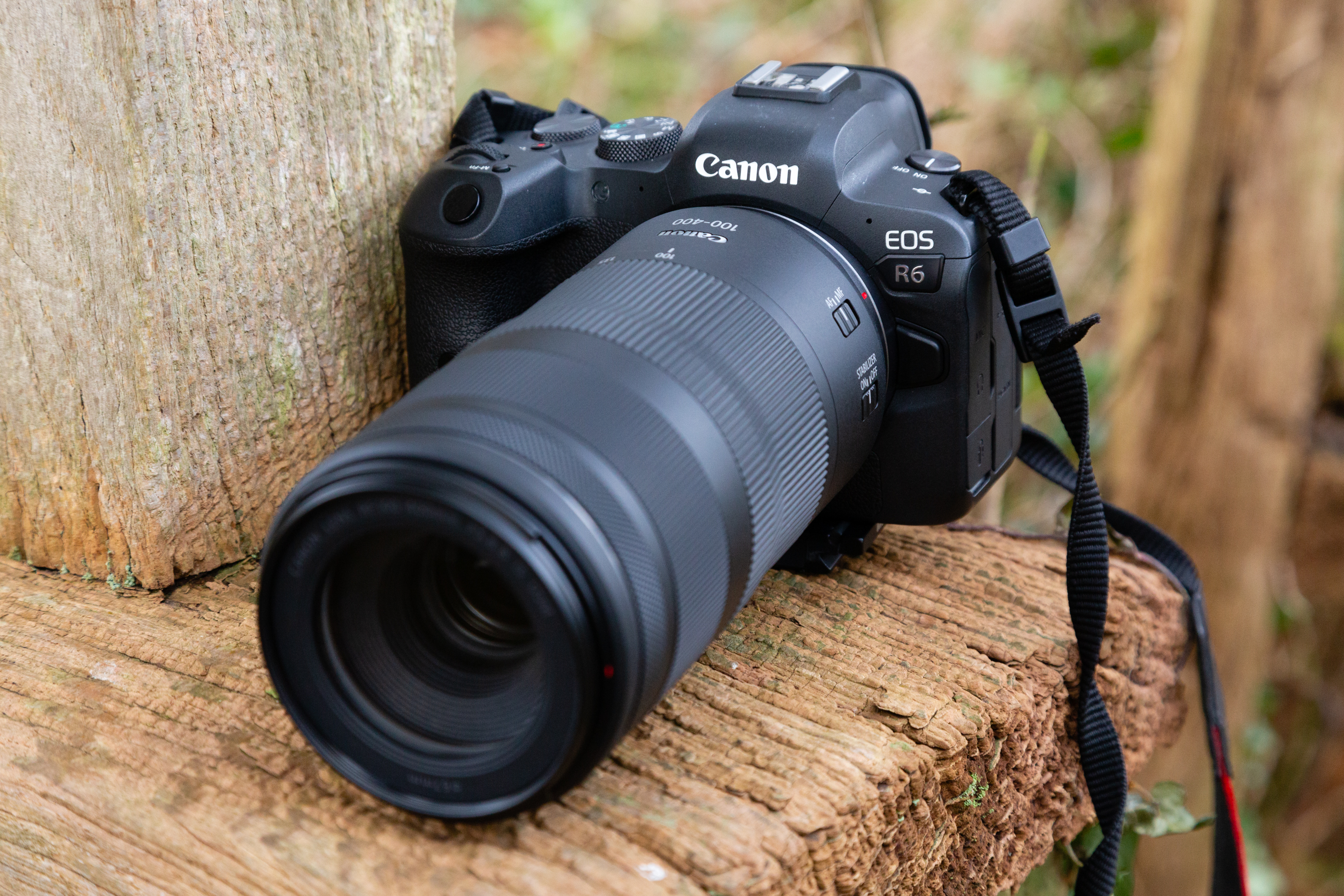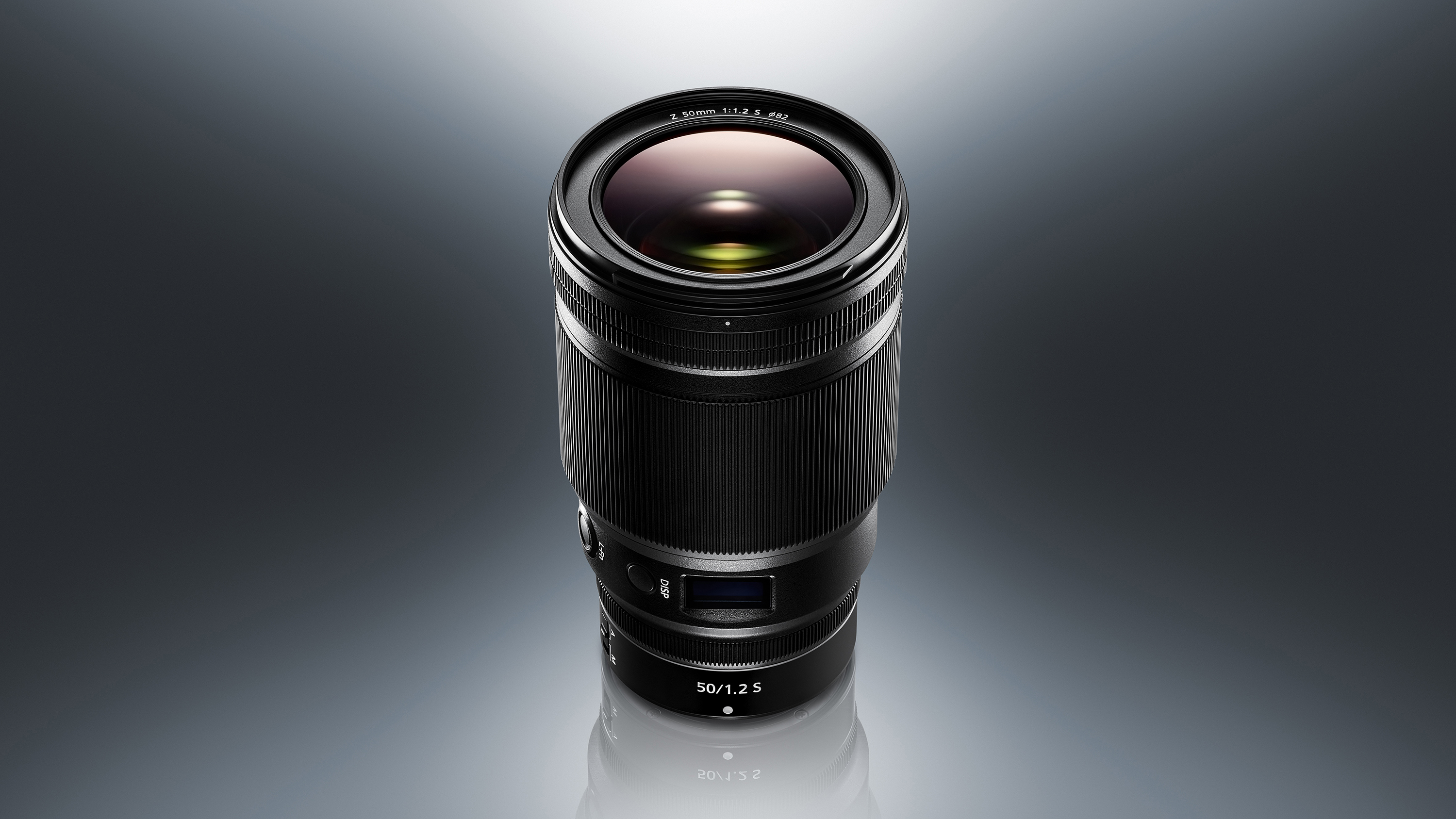
1. Buy from a trusted retailer
There are garage-sale bargains to be had, as long as you know what you’re looking for. If you don’t, it’s safest to stick with retailers that individually grade and photograph second-hand lenses, and sell them with a warranty.
2. Check the physical condition
Online or in-person, consider the condition of any second-hand lens. Usage scuffs are normal, but watch out for signs of more significant damage. Be alert to dust and fungus in the optics, and confirm that rings turn smoothly.
3. Test the lens thoroughly
If a seller refuses to let you take reference shots with a lens, that’s a red flag. If you’re buying online, test the lens as soon as it arrives. Shoot a number of images across the focal range. If you find an issue, return it under warranty.
Whether wide, normal or telephoto, prime or zoom, lenses are a great way to expand your shooting toolkit, unlocking new creative avenues in your photography. The snag is that you’ll need pretty deep pockets to stock your camera bag with brand-new barrels. Fortunately, there’s another option. If you shop smart, second-hand camera lenses can offer fantastic value.
While the idea of buying used glass might seem risky, it’s never been easier or safer to pick up quality second-hand camera lenses than it is now. Several online retailers specialize in inspecting, grading and selling pre-loved lenses for the best mirrorless cameras and the best DSLRs, with options spanning pretty much every make and model. Many of these come with a warranty, too.
If you’re shooting with an older camera, you’ll often find more lens options available if you shop second-hand. Some of the best DSLR cameras have now been retired, and many of their compatible lenses discontinued. But there’s a good chance you can find used examples on the market.
Whether you’re taking your first step beyond the kit lens that came with your camera, or you’re looking to complete your lens arsenal with a few considered purchases, it’s a great time to buy second-hand camera lenses.
Where to buy second-hand camera lenses
Easily the most straightforward way to buy a second-hand lens today is from one of the many dedicated camera equipment resale websites. These sites purchase used gear from fellow photography enthusiasts, before inspecting it, grading its condition and offering it for sale. Examples in the US include MPB, Adorama, B&H and KEH, while MPB also operates in the UK, as do Wex Photo Video and Park Cameras.
Prices tend to be slightly higher than they would be in a private sale, but there are several benefits. Transparent and detailed grading means you should know exactly what you’re getting before you hit the buy button. Most sites have a spectrum of ratings, spanning through good, excellent and pristine. Some also go into further detail about any cosmetic markings on a particular lens, and provide a full gallery of images showing it from every angle.
These websites will usually offer you a warranty as well, meaning you’re protected against undetected defects for six months or more (exact details can vary). Plus, if you're looking to trade in gear of your own too, you’ll often have the option to get a better price by offsetting the value of your own second-hand kit.

Before the advent of these online retailers, buying used camera equipment meant shopping at camera stores or flea markets. While these are still options today, you’ll need to be meticulous when it comes to checking the condition of used lenses.
Reliable camera stores will be upfront about any defects with a given lens, and should give you the option to return it if you encounter an issue within a reasonable time period. Unless you’re a seasoned inspector or the price is low enough that you’re happy to take the risk, avoid lenses that are sold as seen or without a warranty.
Online marketplaces such as eBay can also be a treasure trove of second-hand lenses, with older lenses often surfacing at below-par prices. Buying from eBay does give you certain protections in the case of a defective lens, but we still recommend exercising caution. Look for the hallmarks of a reputed seller: a high feedback rating, lots of photos of the lens and a detailed description of its condition.
What to look for in a second-hand camera lens
When buying any lens, there are a few considerations to keep in mind. The most important is whether a lens is compatible with your camera’s mount, particularly if you’re looking at a third-party barrel. Do your research here, as while a lens may physically fit your camera, that’s not a guarantee it will work with the AF setup. Because certain entry-level cameras lack an internal autofocus motor, some lenses can only be used in manual mode.
You’ll also want to look at the features of a lens. If your camera doesn’t have in-body image stabilization, you might want to choose glass with some kind of lens-based stabilization system. Focal length is another factor, if you’re not shooting with one of the best full-frame cameras. Pair a 50mm prime with an APS-C camera, for example, and you’ll actually get an equivalent focal length of 75mm.

When you’re shopping for second-hand lenses in particular, there are specific things to think about. First is the cosmetic condition, which will usually form a core part of any grading assessment. You’ll pay more for a pristine used lens. If you don’t mind a few scuffs and scratches, this is an easy way to save some cash. Beware of tell-tale signs of heavy drops, though, such as dents, chips or deep scratches on the casing, which could hint at potential internal damage. The best online retailers will include several detailed images of the actual lens that you’re buying.
Optical condition is next. That means assessing the lens for marks on the glass and any dust inside the barrel. According to MPB, its ‘well used’ rating permits "a considerable amount of dust" where "performance is mostly unaffected". How much this matters to you will depend on your budget, as well as what you like to shoot: dust specs are much more visible against light, plain backgrounds, such as cloudless skies. Many resellers won’t accept trade-in lenses with fungus on the glass, but it’s something to be alert for if you’re shopping in person.
Last on the list is functionality. This means the ease with which controls such as focus or zoom rings turn, the stiffness of any switches, and whether the autofocus drives cleanly and quickly. Strangely, while most online lens retailers rate for the first two factors, AF performance is often not graded. While AF issues are unusual, they’re not unheard of, so it pays to buy with a warranty.
It’s also worth thinking about the mount: signs of wear will be visible on the mount of many used lenses, especially with specialist glass that’s been regularly switched in and out of use. A few marks are one thing, but it’s important to ensure that the mount still locks into place, without any looseness.
Which are the best second-hand camera lenses?

A quick look online reveals the sheer volume of second-hand camera lenses currently on offer. The market for used glass is buoyant, particularly as people look to save money in today’s inflationary economy. Not only does that mean more people are shopping second-hand, but there are also more people trading in their unwanted lenses to save on pre-loved glass.
All of this is great news if you’re looking for a good deal on a second-hand lens. With not much effort, you can find glass fit for almost every make and model of camera. The best option for you will depend on what you’re shooting with, what you’re willing to spend, and what kind of lens you’d like to buy.
You’ll find everything from affordable 35mm glass to high-end fixed telephoto barrels available online. The largest savings are generally offered on glass that’s a few years old, or lenses in less than excellent condition.
We can’t possibly list all of the top options here. Instead, to give you a flavor of that variety and demonstrate why it’s a great time to buy second-hand camera lenses, we’ve picked out three highlights that we’d happily add to our cart.







